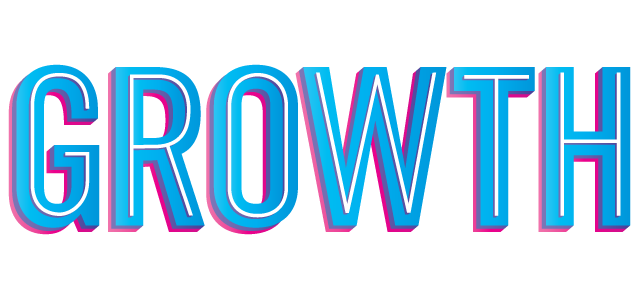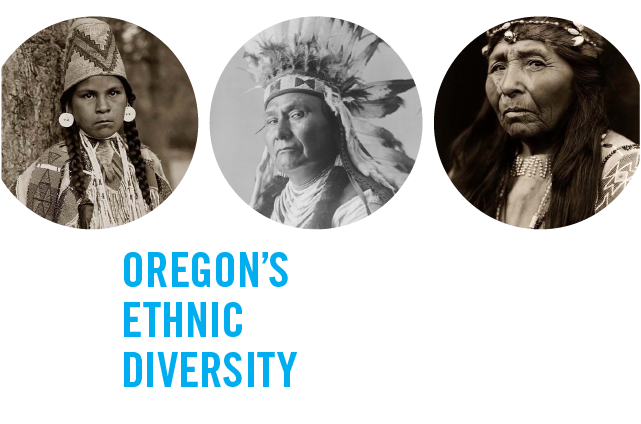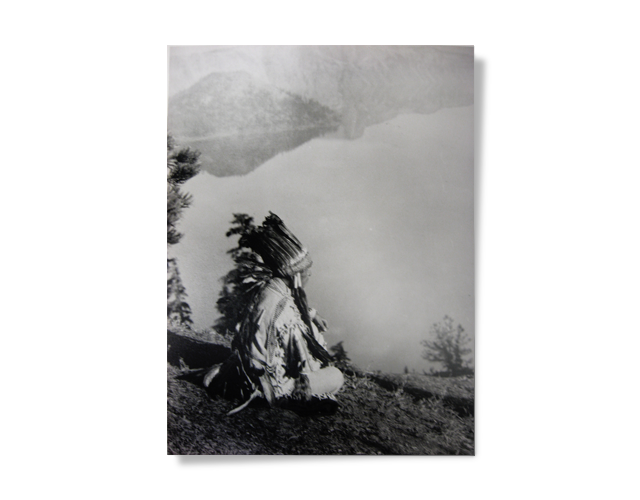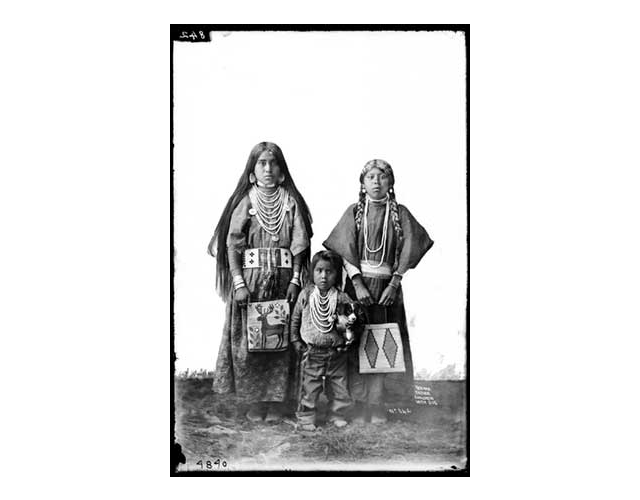Seasons of growth

This week I had the good fortune to screen National Geographic’s 2011 documentary, The Last Lions. It is one of the most life-like, brutally honest look at the natural world I have ever seen.
The story is as crushing as it is remarkable. Stunningly filmed, a true departure for National Geographic, and in such a way as to inspire a dream-filled night of the struggles, fears, and triumphs that happen in the natural world every day.
Instead of a film review though, there is a central theme that I’d like to talk about, a theme that controls the entire story of The Last Lions. Growth.
In short, a lioness, while facing unbelievable odds, invents a new way of hunting never before documented in natural history. She is a single mother, practically starving and quickly running out of options. She embraces her identity as a huntress and leads a (former enemy) pride into her inventive strategy to hunt Cape Buffalo in deep water.
One moment she is the victim of unimaginable forces, the next, through explosive growth, she becomes a leader and trailblazer.



The hybrid of this subject & The Last Lions may seem like a stretch, comparing the design industry to the fate of cats in Africa, but stay put, I think we have something to talk about here.
If you live in a talent hot bed or are the productive black sheep in your community, you know what growth looks like. You can see it in others, and can pinpoint when you’ve had seasons of explosive growth. But it’s difficult to call out what brings on those times where you just grew like an invasive mold in perfect conditions. Here are three areas that seem to be the underlying foundations in the people I’ve seen growing lately:
1. Make yourself barf
To grow, thrive, and try to build something, often times we have to embrace a frightening void. Place some faith into nothingness. Take on work that makes us want to vomit. But let’s consider the alternative in embracing the secure (or what appears to be secure). It only takes a few years on Earth to learn that nothing is secure. We also know that many things are stagnant. Like a pool of brackish water, we can stay stagnant, and maintain the course of comfort. It is a valid path. But this path does not encourage growth.
I’m writing this for myself as well as for you; take the path of growth, despite the risk of failure. If we’ve established that failure is the secret to success, why are we not taking more risk? Are we pushing ourselves towards work that scares us? Work that is nauseatingly exciting and intimidating? If there seems to be no option for this around us, let’s create it. Use the internet to inject yourself into the important and the scary.
2. Be an expert
So often our solutions are directly in front of us. If we are to sell ourselves as problem solvers, we must first be experts at seeing and hearing.
If we’ve had the gumption to embrace the scary and couple that with keen observation and listening skills, we aren’t actually taking that much risk. We have the tools, as designers, to listen and see details that others often miss. That is why we are in business, to see and to solve. If we go into a situation riddled with risk with these tools, we are already at an advantage, thus diminishing risk. Fail harder, but with the tools to win. Or, as the lioness, take on a Cape Buffalo that may crush you, but do so with enormous claws and teeth. There is no substitute for knowing your field of work inside and out.
3. Stop competing, start inventing
David Brooks recently wrote a very important article called The Creative Monopoly, that underscores this idea. Often times competitiveness can hold us back from true creativity and problem solving. If we are cornered and outbid by our industry, we should not spend our energy competing. We should spend our energy inventing new ways of thinking. New ways of seeing, and ultimately new ways of being. It is our legacy. If lions are inventing new ways of hunting, certainly we can use the vast array of tools at our disposal to find answers to problems we don’t even know we have yet.
This is growth, defined, isn’t it?
The realm of greatness lives where our work is thrillingly empowering (or nausea-inducing), our expert observation and critical thinking is focused, and our inventiveness is nourished, either internally or externally.
If we find ourselves in the comfort track of stagnation, what will we do? We will likely stay there until we frustrate ourselves right out of the backwater. Jump into the raging river with both feet, crocodiles be damned, chasing after a Cape Buffalo. If we look behind us, like the lioness, we probably won’t be alone.
If you’ve got an iron stomach, I recommend watching The Last Lions. If you want to learn how to increase your talent, then start reading The Talent Code.
Tanner Goods on film

How many times have I watched this short film?
The first time I was exposed to it I was standing in a small circle of friends huddling around a laptop. We were all silent for the full 7 minutes. Ryan Bush was standing behind us biting his nails. We applauded him immediately at the finish. But Mr. Bush had no reason to be nervous. He executed a great short film deliberately in a very short amount of time. He has been kind enough to credit me in this film but it was all him. All I did was conduct the interview, the rest is Ryan.
Get into leather everyone, you’re about to become a fan.
Safe to say you’ll be seeing more from this director. At any given time he has more than 5 film projects underway. I’m pleased to call him a friend of the Fort, and can’t wait to see what develops after this solid piece. Mesmerizing is basically the word that describes the spot. The rest is in the video. Also visit Tanner Goods, but keep your wallet nearby.
A little interview with Steve Sandstrom
Designspeaks is featuring Steve Sandstrom!
It’s time to bring your ears, notepads, curiosities and friends. Well not too many friends, the event is darn-near sold out, so get in on it! Come listen to a man who has very likely influenced your purchases of Tazo tea, Bulleit Bourbon, Full Sail & Session beer, Converse shoes, St. Germain liqueur, Moonstruck chocolate, and Kombucha!
If you’re not convinced, Mr. Sandstrom was generous enough to answer a few questions I had for him, and after you read them I’m certain I’ll see you at The Cleaners with a full glass of wine next Thursday. Why would such an influential man answer questions from a complete stranger who is probably a full foot shorter than him? Because he gives a damn and is interested in sharing, which is the basis of great work, isn’t it?
First, before the interview, check out the poster for the event, designed by the very talented Allison Berg, art direction by Lloyd E Winter IV. This girl is dangerous, and scares me a little.
Look at that type!!

—————————————————————————————————-
FORTPORT:
That first moment when you were sizzled by a piece of design, what was it?
Steve Sandstrom:
After college I was trying to make a go of it freelancing – doing odd jobs of illustration, editorial cartooning, logos and business cards for friends. I had no connection to the Portland advertising community, as I had been a fine arts major. A friend invited me to go with her to a Rosey Awards show. I was really impressed by the work I saw displayed, even though the majority of it was trade and industrial advertising or ads for banks and savings and loans. I admired how well crafted the work was from an inherent art direction perspective, and I was amused by some of the clever concepts and writing.
But I was struck most by the graphic design work entered by Jeannie Coates of Coates Creates. It was truly inspirational and felt closest to my core. At the time I didn’t even know the term “graphic design.” I had been doing illustration and graphic art to pay my way through college, but had never been a student of graphic design. I had never realized this was a potential career path until I went to that awards show in May of 1979.
FORTPORT:
What makes you come alive?
Steve Sandstrom:
Short answer: I like the kind of work I do.
Long explanation: I imagine it’s fairly close to being a professional athlete who gets to make a living out of what they always did for play as a kid. I had a professor who told the students in his advanced drawing class that we were there because perfect made practice. We started out with talent and were driven to practice that talent every day.
In pre-school I was fascinated by military insignias and medals, and by flags and maps of the world (my dad was in the Air Force). In high school I excelled at drafting, calligraphy and photography. And I took classes in graphic arts and printing at an occupational school.
In community college I worked in the school’s print shop while studying fine arts, and worked as an illustrator and photographer for the student newspaper. After transferring to U of O, I continued drawing and painting, added etching and lithography classes, and worked as a graphics editor for the Oregon Daily Emerald newspaper doing illustrations and editorial cartoons. Creating a weekly editorial cartoon on top of everything else was good training for coming up with ideas against a deadline.
So while I was getting a degree in fine arts, I had this second life involved in journalism.
And I was acheiving success in both. In my final year of college, one of my paintings was
selected for exhibition in the Portland Art Museum. My editorial cartooning won the nation’s top award in journalism.
As a fine artist, the problems to solve were my own. I found this to be exhausting (maybe this has all been avoidance on my part). I also worried it would not lead to making much of a living initially and I had loans to pay. Solving other people’s problems was easier for me. I liked having some objectivity and having enough talent to throw at it. Even if all I had was an average idea, I could execute at a high level and practically make up for it.
I am doing essentially what I have always done and that has led me to where I am. Today I enjoy collaborating with people who are better writers, illustrators and photographers. And because I can mesh my background and abilities with theirs often makes for a really good solution.
FORTPORT:
Complete this thought. Dear students:
Steve Sandstrom:
—————————————————————————————————-
It’s difficult for me to finish this post because I keep re-reading his responses.
Foundational interests in military insignia and maps of the world? If my ears could perk up, they would. What Mr. Sandstrom also possesses can be inferred from his work. Clearly he values long-standing relationship as a part of his ethos. In 1994 his work defined how tea was received in the United States by building the brand around Tazo. Later in 2009 Steve Smith came back to Steve Sandstrom and asked him to bring Smith Teamaker to life. That sort of loyalty and trust reveals something we can all aspire to as we go about our daily dealings with those around us.
I had no idea Sandstrom was responsible for so much of what I consider to be tight, meaningful, effective branding around Portland. From Bulleit Bourbon to Kombucha & Moonstruck chocolate I am very eager to hear what will come out of this mans mouth. Leave it to Eric Hillerns to find inspiring minds and get us all into one room with them. I’d also like to thank Brooks Gilley for allowing me to interrupt Mr. Sandstrom for this interview!
Another reason to attend, Steve has designed a poster that will be for sale at the event.
You heard it here first.
See you Thursday.
About Designspeaks
Designspeaks exists to encourage people to talk about design. Our purpose aims to explore design within the multidisciplinary: architecture, brand, communications, experience, film, fashion, graphic, and industrial. To establish an interface within the context of real life. To support the most compelling regional voices in design. To talk it through.
Designspeaks is aligned with the Ace Hotel properties in Portland, Seattle, New York, and Palm Springs. Each local event celebrates talent practicing in the immediate region. Previous speakers include Seattle’s Modern Dog (in Portland and Seattle), professor and filmmaker Andrea Marks, dean of Northwest design, the redoubtable Byron Ferris, Communications Arts editor Patrick Coyne, creative director Jelly Helm, designer and entrepreneur Aaron Draplin (in Portland and Seattle), educator and illustrator Frank Chimero, design style-makers The Official Manufacturing Company (OMFGCo), local design pioneers The Felt Hat, and the inimitable Invisible Creature.
What Oregon is

The Oregon Territory used to border The Louisiana Territory. That is nuts.
Often one of the biggest complaints about Oregon (Portland in particular) is that it is predominantly a white population. Compared to other cities in the United States, Oregon’s ethnic diversity leaves a alot to be desired, especially for people coming from places like the East Coast. It wasn’t always this way though. Prior to European colonization of this area, Oregon was one of the richest cultural grounds in North America.
Historians have credited peoples of the Pacific Northwest with being the first wealthy North Americans. Wealth here is determined in amount of work needed to produce stable and healthy life. In two days of ‘work’ in aboriginal NW America one could produce enough food for a week. Often hunting was only done when a change of diet was wanted.
One image struck me in particular, the one that prompted this post. A Klamath man staring into the remains of Mount Mazama, or Crater Lake.

This image was taken around the turn of the century, he sits near where a lodge and visitor center reside toady. Having vacationed here most of my life I know that exact spot on the rim. Looking out past Wizard Island, probably towards a small outcrop called Ghost Ship. Is he feeling something similar to what I feel when I look at this magnificent geologic wonder? Did he pretend, like I do, that the water is the sky and the rim is a great loop in the land cradling a hole in the earth (the water is a near-perfect mirror to the sky and rim)?
Part of the reason this region was so wealthy was due to a great thunder that could be heard from miles away, originating on the Columbia River.
Near the present-day town of The Dalles, the mighty Columbia River squeezed through a tight channel and cascaded over several falls resulting in a great boiling of water and energy. Here, fisherman would reap the bounty of one of the greatest salmon runs in the world, at Celilo Falls. Once a year the wealthy became opulent. The fishing grounds were so legendary that plains tribes from across the rocky mountains and coastal tribes from southern Alaska would travel and risk their lives to trade at Celilo.
In the 10,000 year human history of Oregon, Celilo Falls is described as the first Wall-Street on Earth, the first Emporium of North America. Language, culture, ideas, goods, news, and technologies were exchanged in a marketplace by the water, on both sides of the river. The absolute value of this one spot in North America cannot be determined. It was the American silk road and contributed to the diversity of peoples that called Oregon home. Say hello to the first Oregonians:

All of these images are from what is present-day Oregon, a term whose origin is itself uncertain. There are several conflicting reports of how Oregon got it’s name. What is certain is that it grouped together people that were culturally distinct from one another with completely different lifestyles based on their geographic origin. On the lower right is a Paiute woman sitting on the ground in extreme SE Oregon, resplendent in a rabbit-fur cape. Her lifestyle would be completely foreign to a coastal Chinook or Tillamook woman, but both would likely have met at Celilo Falls in their lifetime. Having traded camas bulbs or furs for elegant seashell earrings, perhaps they became friends? Perhaps the woman in the rabbit cape took back her prized seashells to SE Oregon and kept them in her home, a reminder of her great trip to the the big river.
If you have a free day as the days start to get warmer, you can drive to Celilo Falls and just 20 minutes further east up river you will find Maryhill Museum. Their exhibition, which opens March 15, called “Images and Art of the Mid-Columbia Indians” will leave your head spinning.

This image, which is in the collection, immediately captured my attention. These are Klickitat children and their dog (in middle) photographed in 1900 near the Columbia River. What struck me though is the bead bag on the left. The deer with branches around it. Why is it so familiar? Probably because, thanks to Mr. Jason Sturgill, I have it tattoed on my shoulder. This very bag the girl is holding is in the permanent collection at the Portland Art Museum, which was then seen by painter Evan B Harris, who sketched it and I, seeing it among 45 other options, chose it. And now, 6 months later I know why it is on my shoulder forever. Perhaps this girl chose it for me (See me getting inked at 2:58 + the Art is Forever tattoo project).
Andrew Groves is Living it.
Guest post by Lloyd Eugene Winter IV.
I recall first coming across the work of Andrew Groves on Society6 a little while back. I was quickly drawn to his wizardry with vectors, but became swept off my feet by the strong narrative of the Great Outdoor Majesty weaving through his work, and initially made the assumption that he was based in the Northwest, but while digging through his work came to find that he’s from the UK. A couple years went by and he popped up on my radar again, this time from a post on Poler’s great blog of outdoorsy stuff, and I come to find that he’s extended himself with a new project that seems to embrace the woodland spirit with even more ferver and truth.
Miscellaneous Adventures is Andrew’s lovely shop of hand-made camping/adventure utensils and accessories neatly decorated with a similar vein as Best Made Co. Get a load of that slingshot! He actually lives in a barn outside of Sussex, and carves these beauties by hand, out in the woods, often next to a fire, from wood he chops down himself. What an inspiring example of a designer/illustrator who is directly connecting (physically) with his materials and his environment – you can almost FEEL the love in these kinds of artisan products.
Designers and illustrators have been talking a lot about becoming entrepreneurs, adding value, and creating change through starting their own ventures. That’s only true if they can commit themselves to thier passions and ideals as fully as Andrew does. Live that shit, man.
HBTV recently featured Miscellaneous Adventures in their Modern Artisans series.
HBTV: Modern Day Artisans – Misc Adventures from HBTV on Vimeo.
I just love the visual parallels between his carved objects and his vector pixel magic.

